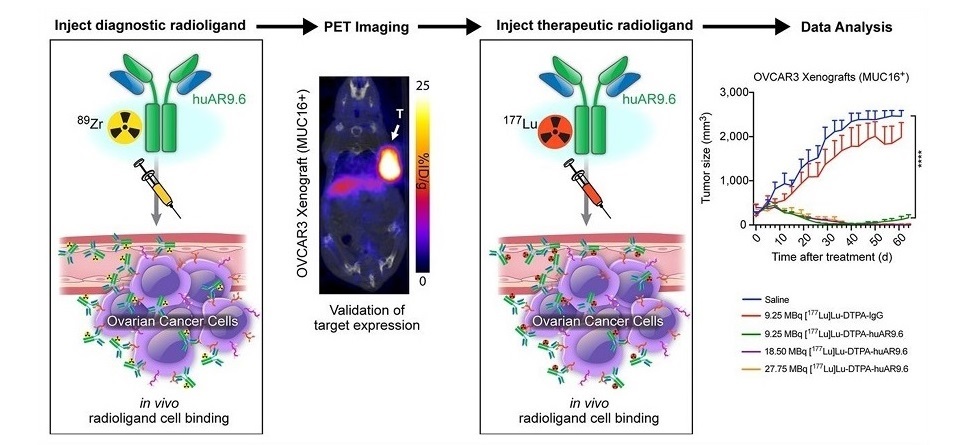Radiotherapy Advances Result in More Targeted Treatments, Less Harm to Healthy Tissue
By MedImaging International staff writers
Posted on 27 Jan 2014
New targeted radiation therapy that is less destructive to healthy cells could soon be up and running due to a team of French researchers, working with German and American scientists. Posted on 27 Jan 2014
Current radiotherapy technology is utilized to fight cancer uses a wide energy range when irradiating biologic tissues. By studying at a fundamental level the behavior of molecules exposed to radiation with a carefully chosen energy, the researchers open the way for future radiotherapy treatments, which would not affect as much surrounding tissue and whose total radiation dose would be considerably reduced. This research, which provides new details on the behavior of matter at the atomic level and which could have significant benefits in healthcare, was published online, December 22, 2013, in the journal Nature.
The radiotherapy currently used in nearly half of cancer treatments irradiates biological tissue using a radiation with a wide energy spectrum in order to destroy the cancerous cells. The research of the international team, led by two CNRS researchers from the Laboratoire de Chimie Physique-Matière et Rayonnement (CNRS/UPMC; Paris, France), should make it possible to improve the accuracy and quality of treatment by more finely targeting the range of energy used. Their research at first was designed to study the behavior at the atomic scale of matter subjected to X-ray radiation, whose energy is selected with extreme precision.
When an atom absorbs X-rays of a given energy, a process known as “interatomic Coulombic decay” occurs, leading to the emission of electrons by one of the atoms within a molecule. The researchers demonstrated that it is possible to produce a large amount of low energy electrons in the immediate environment of this target atom, giving rise to a phenomenon of resonance. In a living setting, these low energy electrons are capable of causing the breakage of a double strand of neighboring DNA. However, living cells, including cancerous cells, are typically capable of repairing the damage caused to a single strand of DNA, but not to the double strand. Using this process, it is possible to foresee targeting cancerous cells to destroy them.
Because the irradiation of biologic tissue involved in radiotherapy occurs over a wide energy range, the advantage of using a finely chosen radiation so as to bring about a resonant emission of the electrons is twofold: X-rays penetrate deeply into the tissues but only specific atoms within selected molecules, administered beforehand so as to target the cancerous cells, are thereby excited and the healthy tissues further away are not affected by the irradiation. Moreover, the resonant excitation is 10 times more effective than the non-resonant excitation generated by less specific irradiation. The overall radiation dose may thus be considerably reduced.
These findings have for now been evaluated on small molecules made up of less than five atoms. The researchers now plan to assess this process of generating electrons on more complex molecules containing several hundred to several thousand atoms, such as the molecules that make up living cells. The objective in the long-term is to produce such electrons, toxic for DNA, within cancerous cells. To achieve this, the researchers are foreseeing irradiating tissues with X-rays having the appropriate energy, after using a target atom to tag the cancerous cells.
Related Links:
Laboratoire de Chimie Physique-Matière et Rayonnement














